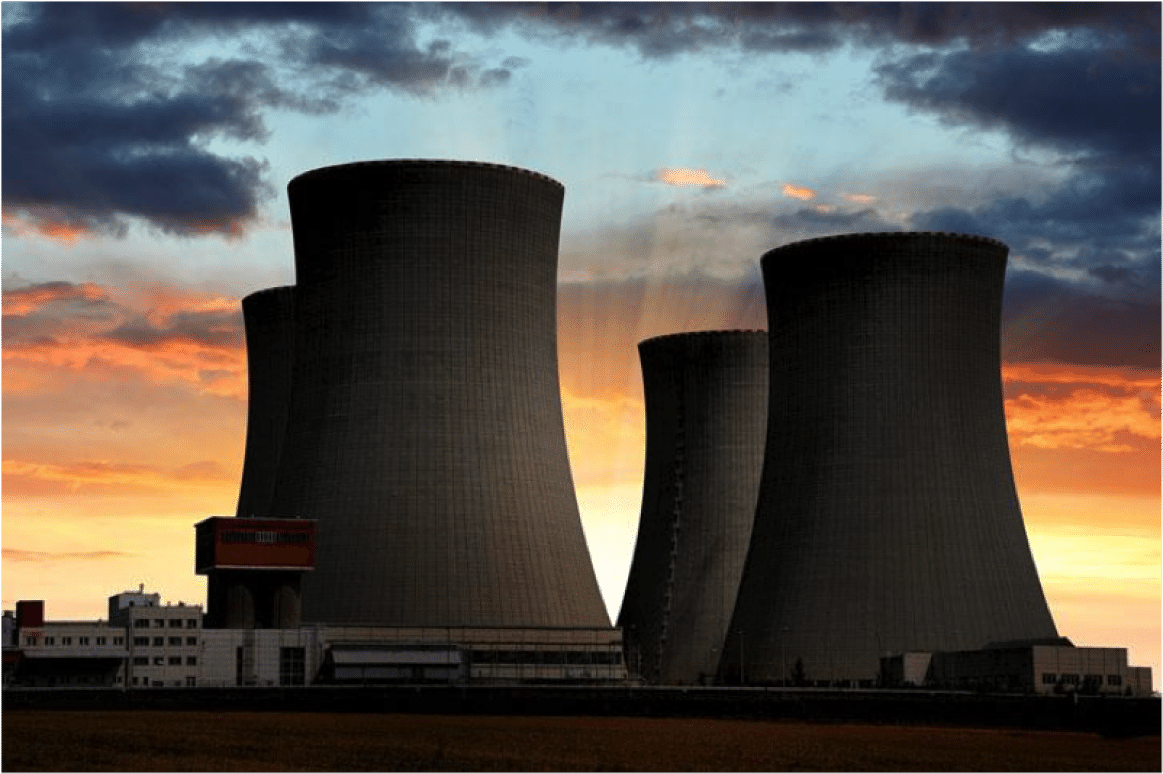
After experiencing rapid growth in the 1970's, the development of nuclear power plants in the US has stalled. The stagnation of nuclear power in the US can be attributed to a plethora of factors, chief among them being concerns over facility safety and security, the disposal of waste, and cost. Today roughly 20% percent of US electricity generation originates in nuclear reactors located primarily on the East coast. Of the 61 commercially operating nuclear power plants in the US today, about 14 (close to 25%) are slated for decommissioning or are at risk of closure.
Echoing the national trend, the Northeast stands to be hit particularly hard with the closing of two large nuclear stations; Vermont Yankee in Vernon, VT and Pilgrim Nuclear Station in Plymouth, MA. While Yankee was taken offline at the end of 2014, Pilgrim is slated for closure by June of 2019, if not sooner. At their peak, each station was capable of producing roughly 600 MW, enough electricity to power 600,000 New England homes. Although both plants provided reliable baseload power, the recent fracking boom has compromised the profitability of nuclear plants. With abundant natural gas and new combined cycle turbines, smaller nuclear plants like Yankee and Pilgrim are failing to recover their immense costs. Furthermore, anti-nuclear sentiment in Northeast communities continues to pressure older plants to close their doors.

Older fossil fuel plants in the region look to suffer a similar fate as Yankee and Pilgrim. The Brayton Point coal plant in southern Massachusetts is set to close next year in the face of falling electricity prices and rising costs of meeting emission regulation. Together the Northeast could lose a total of 2.7 GW from the loss of the three facilities. This trend is expected to continue as reliance on natural gas generation increases and environmental compliance becomes more costly.
The fact of the matter is the Northeast region is facing a power shortage that must be addressed. Although natural gas generators continue to be built, a market reliance on these facilities exposes the grid to fuel supply shortages (as was seen last winter) and volatile rates. Not surprisingly the ISO New England 2015 Regional System Plan recognized these concerns and called upon increased renewable generation to fill the void. Although variable in nature in the near-term, solar generators represent consistent long-term capacity that supplies energy at a stable and known cost.
The report also notes the potential impacts of increased solar penetration in the region. As production varies diurnally, conventional generators will be required to throttle their production more frequently than in a grid dominated by large fossil and nuclear generators to maintain grid stability and power flow. Most importantly, the 2015 report notes that at 25% renewable penetration, the cost savings in fuel would outweigh costs associated with ramping fossil plants. Furthermore, the ISO notes the increasing role of both centrally-cited and distributed energy storage facilities in improving grid efficiency in a renewable heavy grid.